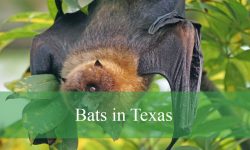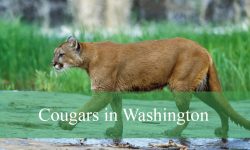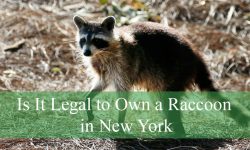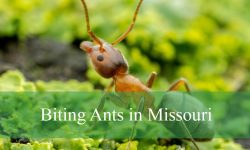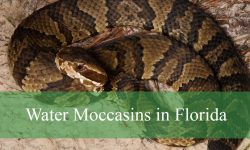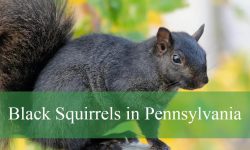Vermont’s rich forests, rolling hills, and scenic valleys are home to a fascinating array of wildlife, including several members of the deer family. These graceful creatures are deeply woven into the state’s culture and ecology, representing an essential part of Vermont’s natural heritage. While the White-tailed Deer dominates the landscape, the Moose and the historically present Elk also have stories tied to the region’s past and present.
In this detailed guide, we’ll explore the three types of deer found in Vermont, including their identification, habits, habitats, and fascinating characteristics. Exploring these deer species gives you a new perspective on Vermont’s rich and diverse wildlife.
White-tailed Deer (Odocoileus virginianus)
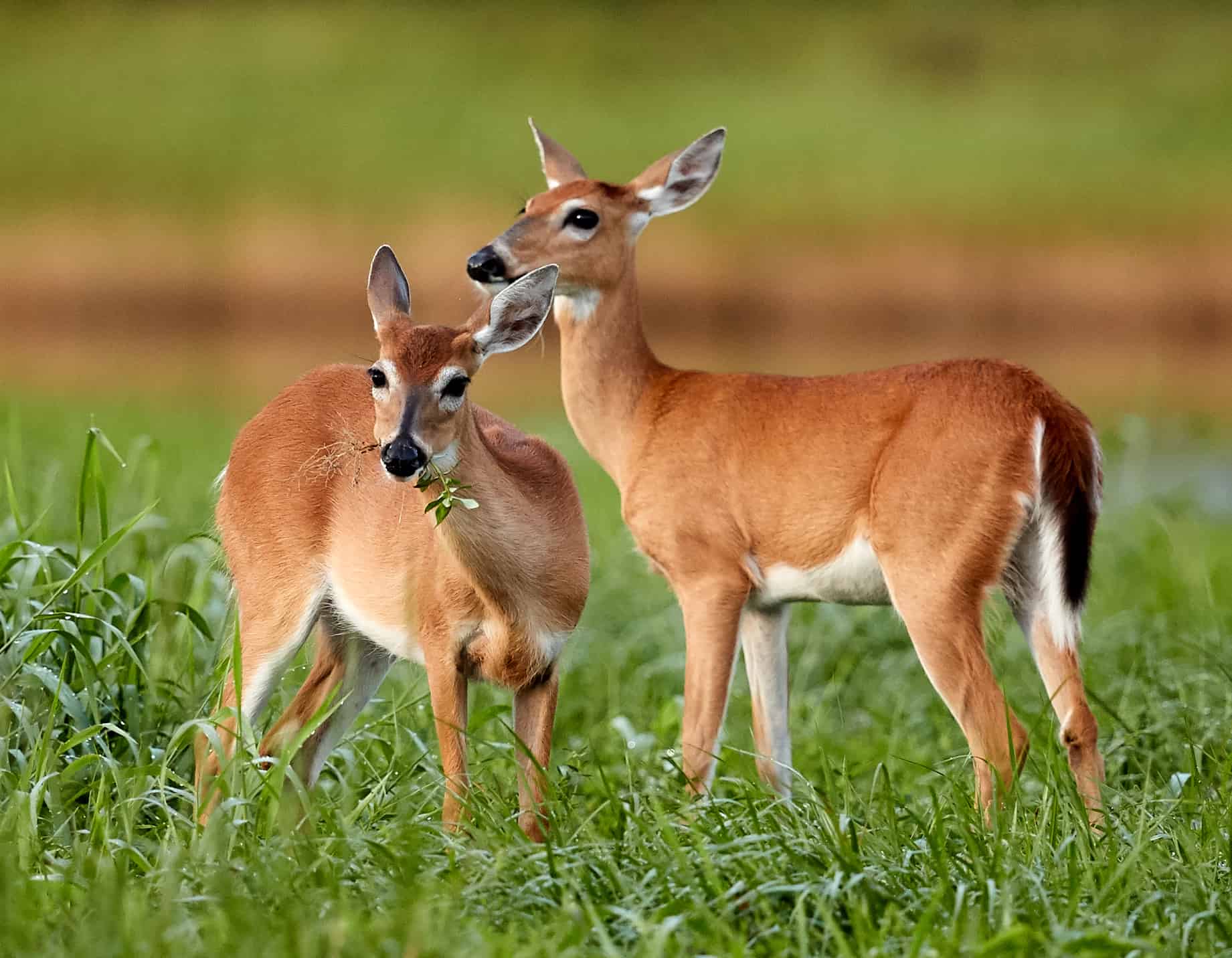
The White-tailed Deer is the most abundant and iconic deer species in Vermont. This adaptable animal thrives across the state—from rural farmland to forested mountainsides—and is a familiar sight for residents and visitors alike. It’s also the official state animal of neighboring states like Pennsylvania and Ohio, symbolizing agility and resilience.
Identification and Characteristics
White-tailed Deer are medium-sized mammals characterized by their reddish-brown summer coats, which turn grayish during the winter months. Their most recognizable feature is the white underside of their tail, which flashes as they bound away from danger—a behavior that gives them their name. Adult males (bucks) can weigh between 150 to 250 pounds, while females (does) typically weigh around 90 to 150 pounds.
Bucks grow antlers each year, which they shed after the breeding season in late winter. These antlers are used primarily during the rutting season to compete for mates. The deer’s slender legs, acute hearing, and large, expressive eyes make it an agile and alert species that can detect predators from great distances.
Behavior and Diet
White-tailed Deer are crepuscular, meaning they’re most active during dawn and dusk. Their diet varies seasonally—during spring and summer, they feed on grasses, wildflowers, and agricultural crops, while in autumn and winter, they rely on twigs, acorns, and nuts. Vermont’s diverse vegetation allows them to thrive year-round, even in snowy winters.
They are also social animals that form small groups. During winter, deer often gather in “deer yards”, sheltered areas with conifer cover that protect them from snow and wind. Vermont’s northern forests provide ideal conditions for these wintering grounds.
Habitat and Distribution in Vermont
White-tailed Deer are found throughout Vermont, from the Champlain Valley to the Green Mountains. They prefer a mix of hardwood forests, open fields, and brushy edges, which provide both cover and feeding opportunities. Because of Vermont’s regulated hunting programs and habitat conservation efforts, the White-tailed Deer population has remained stable and healthy.
USDA Hardiness Zone: 3–5
Interesting Fact: White-tailed Deer can sprint up to 30 miles per hour and leap over 8-foot fences, making them one of North America’s most agile large mammals.
Moose (Alces alces)
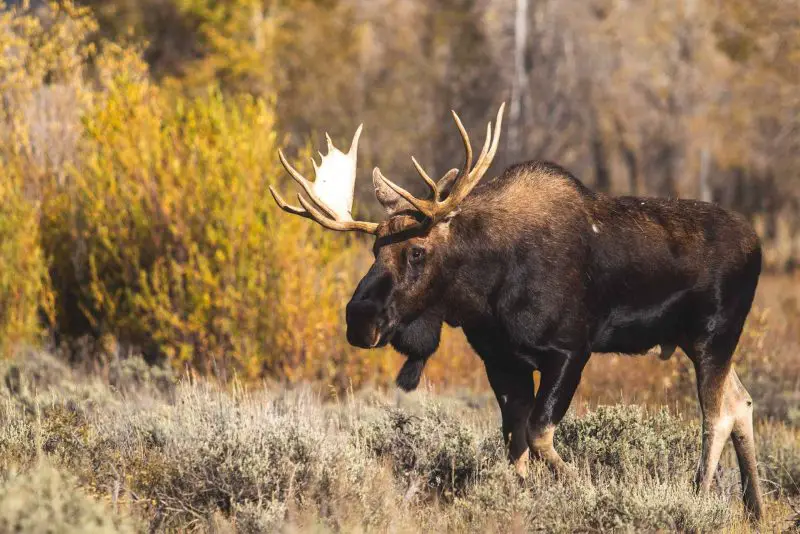
Although not commonly referred to as “deer” in everyday conversation, the Moose is indeed the largest member of the Cervidae (deer) family. In Vermont, Moose populations are concentrated mainly in the Northeast Kingdom, a region characterized by dense forests and wetlands—ideal for these massive, solitary browsers.
Identification and Characteristics
A fully grown bull Moose can stand over 6.5 feet tall at the shoulder and weigh more than 1,000 pounds, dwarfing the White-tailed Deer. They have long legs for wading through snow and water, a humped back, and a distinctively long face with a drooping upper lip. Bulls sport enormous, broad antlers that can span up to 6 feet across, making them one of the most impressive sights in the animal kingdom.
Their dark brown to black coat helps them absorb warmth during cold Vermont winters, while their large nostrils and strong sense of smell assist in finding food beneath the snow. Unlike most deer, Moose are excellent swimmers and can submerge themselves to feed on aquatic vegetation.
Behavior and Diet
Moose are primarily solitary animals, except during the mating season (the rut) in September and October. During this period, bulls become more active, competing with other males for access to cows (females). Their loud grunts and bellows can echo across Vermont’s forests in autumn.
Their diet consists mostly of woody plants, including willow, birch, and maple shoots, along with aquatic plants like water lilies. In winter, Moose rely on bark and twigs, using their long legs to reach higher branches buried under snow.
Habitat and Population in Vermont
Moose thrive in the cooler, northern regions of Vermont, particularly in Essex, Orleans, and Caledonia counties. The Northeast Kingdom remains the stronghold of the state’s Moose population. They prefer boreal forests, wetlands, and regenerating clear-cuts, where vegetation is dense and food is plentiful.
While their numbers grew rapidly in the early 2000s, the population has since declined slightly due to winter tick infestations, which affect calves and adults alike. Wildlife biologists actively monitor their numbers through aerial surveys and tracking programs.
USDA Hardiness Zone: 3–4
Interesting Fact: Moose can dive up to 20 feet underwater to feed on aquatic plants, staying submerged for nearly a minute.
Elk (Cervus canadensis)
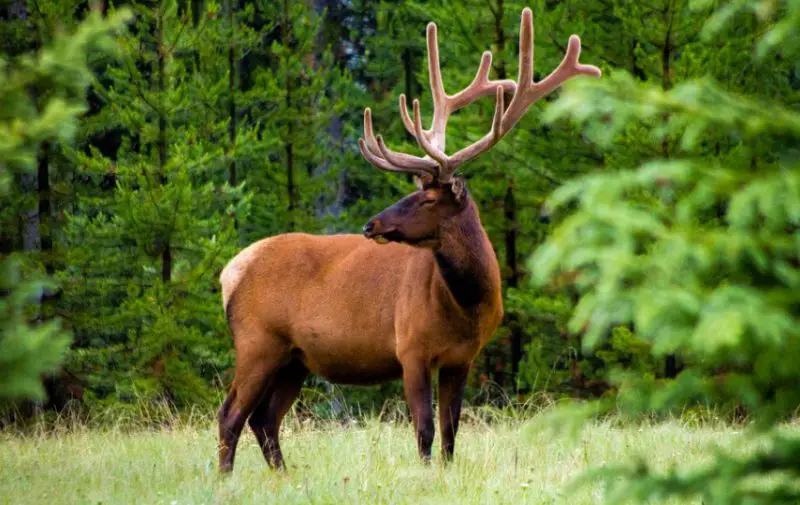
The Elk, also known as wapiti, was once native to Vermont but was extirpated in the 1800s due to overhunting and habitat destruction. Though wild populations no longer exist, this majestic species remains part of Vermont’s ecological history and is occasionally spotted when individuals escape from private game farms or preserves.
Identification and Characteristics
Elk are the second-largest member of the deer family in North America, only smaller than Moose. Adult bulls can weigh between 600 and 900 pounds, while cows (females) average 400–500 pounds. They have a light brown body with a darker mane and a distinctive buff-colored rump patch. Their large antlers are less broad than Moose antlers but can grow up to 4 feet long with multiple tines.
During the autumn rut, male Elk produce loud, haunting bugling calls, which can be heard from miles away—a defining sound of their mating behavior. These calls attract females and intimidate rival males.
Behavior and Diet
Elk are herd animals, unlike Moose, and prefer open areas where they can graze and stay alert for predators. Their diet consists mostly of grasses, leaves, and bark, and they often migrate between summer and winter ranges to find sufficient food.
In Vermont, however, any Elk sightings are rare and almost always involve escaped or released individuals from captivity. Although the state has suitable terrain for Elk, the dense forest cover and competition with White-tailed Deer make reintroduction impractical.
Habitat and Historical Presence in Vermont
Historically, Elk roamed much of the eastern United States, including parts of Vermont, New Hampshire, and New York. Early settlers and hunting pressure led to their disappearance by the mid-19th century. Unlike states like Kentucky or Pennsylvania, Vermont has not reintroduced Elk due to ecological concerns and management priorities focused on native species.
USDA Hardiness Zone: 3–6
Interesting Fact: A mature bull Elk can grow antlers weighing up to 40 pounds and regrow them every year—a rapid growth unmatched by most mammals.
How to Identify Deer in Vermont
Knowing how to distinguish between these deer species can greatly enhance your wildlife-watching experience in Vermont:
- White-tailed Deer: Smaller body, reddish-brown coat, and white tail underside. Common statewide.
- Moose: Gigantic size, dark coat, humped shoulders, and broad antlers. Found mainly in the Northeast Kingdom.
- Elk: Larger than deer but smaller than moose, with tan body and dark neck mane. Rare or captive sightings only.
Each species exhibits unique behavior, habitat preferences, and adaptations to Vermont’s cold climate and forest ecosystem.
Tips for Spotting Deer in Vermont
- Go Out at Dawn or Dusk: Deer are most active during early morning and late evening hours.
- Visit Prime Habitats: Try areas like Groton State Forest, Green Mountain National Forest, or Victory Basin Wildlife Management Area for the best sightings.
- Look for Tracks and Signs: Deer tracks, droppings, and rubbed tree bark indicate nearby activity.
- Use Binoculars Quietly: Approach quietly and scan forest edges or wetlands with binoculars for movement.
- Observe Seasonal Patterns: Fall is the best time to spot rutting behavior, especially among Moose and White-tailed Deer.
Conservation and Deer Management in Vermont
The Vermont Fish & Wildlife Department plays a vital role in maintaining balanced deer populations across the state. Regulated hunting seasons, habitat restoration projects, and public education ensure that deer populations remain healthy without causing ecological damage.
White-tailed Deer numbers are carefully monitored to prevent overbrowsing and forest degradation. Similarly, Moose management includes efforts to combat parasites like winter ticks, which affect their survival rates. Vermont’s commitment to conservation ensures that future generations can continue to enjoy these remarkable animals.
FAQs About Deer in Vermont
What is the most common type of deer in Vermont?
The White-tailed Deer is the most common and widespread deer species throughout Vermont. It can be found in forests, farmlands, and suburban areas.
Are there Moose in Vermont?
Yes. Moose are well established in Vermont, especially in the Northeast Kingdom, where wetlands and boreal forests provide excellent habitat.
Can you hunt deer in Vermont?
Yes. Vermont has regulated hunting seasons for White-tailed Deer and limited permits for Moose hunting. The Vermont Fish & Wildlife Department manages all hunting activities responsibly.
Are Elk native to Vermont?
Historically, Elk were native to Vermont but became extinct in the wild by the 1800s. Today, only captive or escaped individuals may occasionally appear.
When is the best time to see Moose or Deer in Vermont?
Early mornings in autumn (September–November) offer the best chances to observe both Moose and White-tailed Deer during their active mating seasons.
Are deer dangerous in Vermont?
Generally, no. However, drivers should be cautious during dawn and dusk, especially in fall, as deer frequently cross roads. During rutting season, male deer and Moose may behave aggressively if approached too closely.
Final Thoughts
Vermont’s deer species—White-tailed Deer, Moose, and Elk—represent an incredible blend of resilience, adaptation, and wilderness spirit. From the abundant and agile White-tailed Deer to the towering Moose of the Northeast Kingdom, each species contributes uniquely to the state’s ecosystems and identity. While Elk no longer roam freely here, their historical presence reminds us of the delicate balance between human activity and wildlife survival.
By understanding and appreciating these majestic animals, we help protect Vermont’s wild heritage for future generations to experience. So next time you venture into Vermont’s forests, keep your eyes open—you might just glimpse one of these remarkable creatures moving silently among the trees.

